glitterata
Ideal_Rock
- Joined
- Apr 17, 2002
- Messages
- 4,794
I didn''t want to hijack MakingTheGrade''s thread about garnet ID, but I have a related question.
I love deep, wine-red, rose-cut garnets from the late 19th century, which I''ve often heard described as "Bohemian" garnets. Were they, in fact, mined in Eastern Europe? What type of garnet are they? In general, what is known about these garnets?
And are they ever produced today? All the modern (reproduction) examples I''ve seen tend to have a sort of muddy brownish look instead of the clear, dark wine color of the old ones. Did the old mines run out, or are the reproductions just using cheaper stones or something like that?
Here are some examples from my collection:
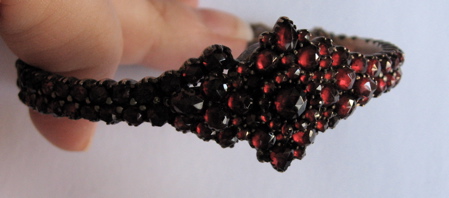
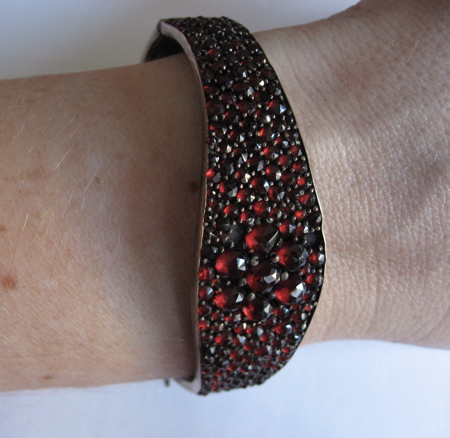
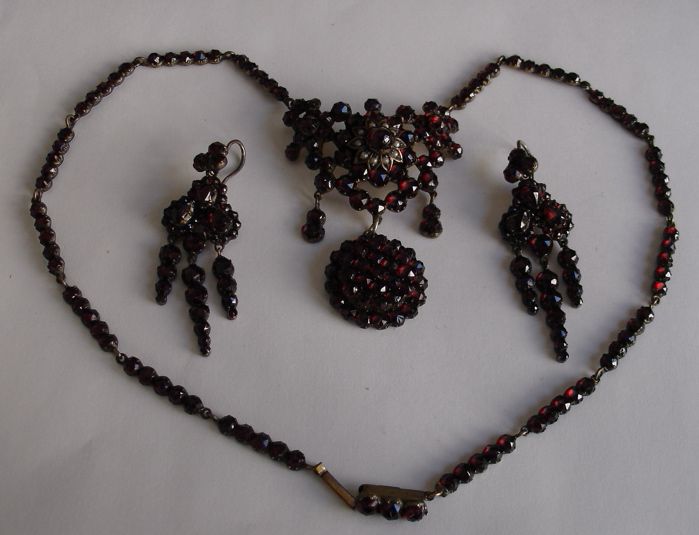
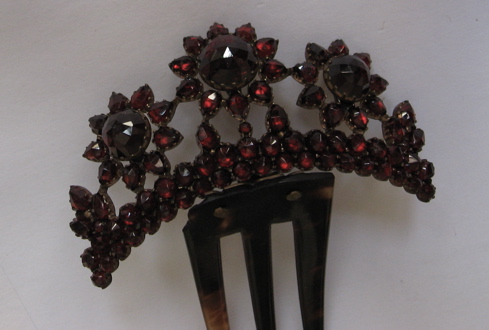
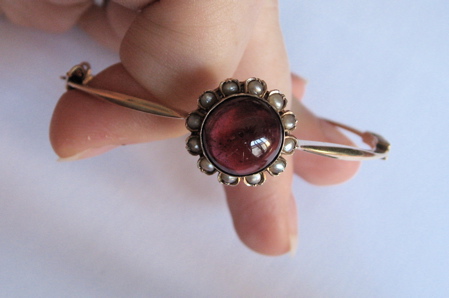
(That last one is an open-backed cabochon, but the rest are closed-backed rose cuts.)
I love deep, wine-red, rose-cut garnets from the late 19th century, which I''ve often heard described as "Bohemian" garnets. Were they, in fact, mined in Eastern Europe? What type of garnet are they? In general, what is known about these garnets?
And are they ever produced today? All the modern (reproduction) examples I''ve seen tend to have a sort of muddy brownish look instead of the clear, dark wine color of the old ones. Did the old mines run out, or are the reproductions just using cheaper stones or something like that?
Here are some examples from my collection:

(That last one is an open-backed cabochon, but the rest are closed-backed rose cuts.)






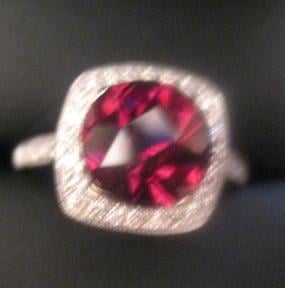
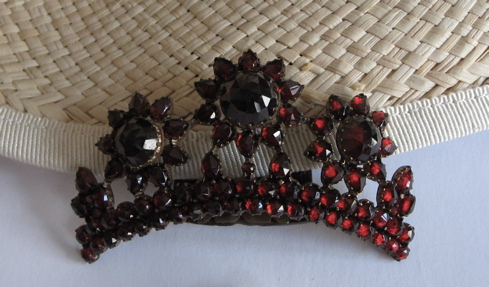
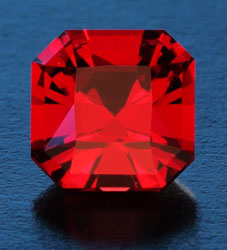


300x240.png)